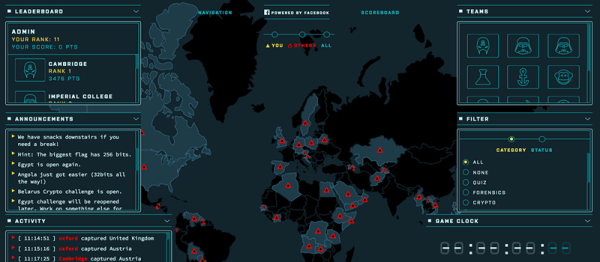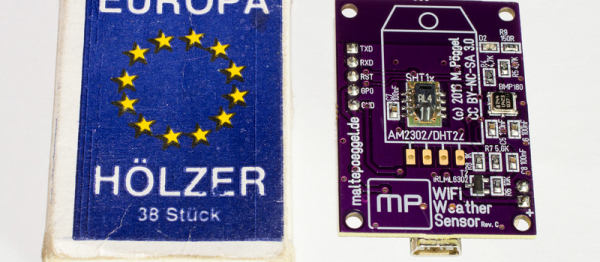For the third year in a row, we’re running the greatest hardware challenge on the planet. It’s the Hackaday Prize, a contest to build something that matters. We’re giving away $300,000 to people who build something that solves a problem. We’ve already awarded $1000 to 20 lucky hackers for the first challenge in the Hackaday Prize — and we’re doing that every 5 weeks this summer! Now it’s your turn. You, too can build something for the Hackaday Prize. It doesn’t have to be complex. All it has to do is solve a problem.
 Think building something that solves a problem is too hard? Not true. Last year, [Kate Reed], a high school student, built a device that makes a wheelchair much easier. Her device, the Hand Drive, allows anyone in a wheelchair to use a rowing motion to move forward, instead of pulling themselves by the rim of the chair. It is perhaps the most clever and elegant device we’ve ever seen; it’s basically a ratchet that bolts onto a wheelchair, and if wheelchairs were around five hundred years ago, the Hand Drive would bolt right on to those antique chairs. For her entry, [Kate] was a finalist for last year’s Hackaday Prize, gave a talk at the Hackaday Supercon, and demonstrated her device to the president in the White House.
Think building something that solves a problem is too hard? Not true. Last year, [Kate Reed], a high school student, built a device that makes a wheelchair much easier. Her device, the Hand Drive, allows anyone in a wheelchair to use a rowing motion to move forward, instead of pulling themselves by the rim of the chair. It is perhaps the most clever and elegant device we’ve ever seen; it’s basically a ratchet that bolts onto a wheelchair, and if wheelchairs were around five hundred years ago, the Hand Drive would bolt right on to those antique chairs. For her entry, [Kate] was a finalist for last year’s Hackaday Prize, gave a talk at the Hackaday Supercon, and demonstrated her device to the president in the White House.
 Is the simple tech behind a ratcheting wheelchair attachment not cool enough? Here’s a device that tells you to sit up. This device is just a few bits of electronics mounted to a chair that tells you to get up and walk around every hour or so. Deep vein thrombosis isn’t a joke, and for this entry to last year’s Hackaday Prize, [electrobob] was one of the 100 creators that made it to the finals.
Is the simple tech behind a ratcheting wheelchair attachment not cool enough? Here’s a device that tells you to sit up. This device is just a few bits of electronics mounted to a chair that tells you to get up and walk around every hour or so. Deep vein thrombosis isn’t a joke, and for this entry to last year’s Hackaday Prize, [electrobob] was one of the 100 creators that made it to the finals.
Your project for the Hackaday Prize doesn’t need to be complex. It doesn’t need to be complicated, and you don’t need to invest months of work into your entry. All you need to do is build something that matters.
If you have an idea for a project that solves a problem, start your project now. There’s nothing to lose, and we’re giving away $300,000 in prizes for people who build something that matters.




















